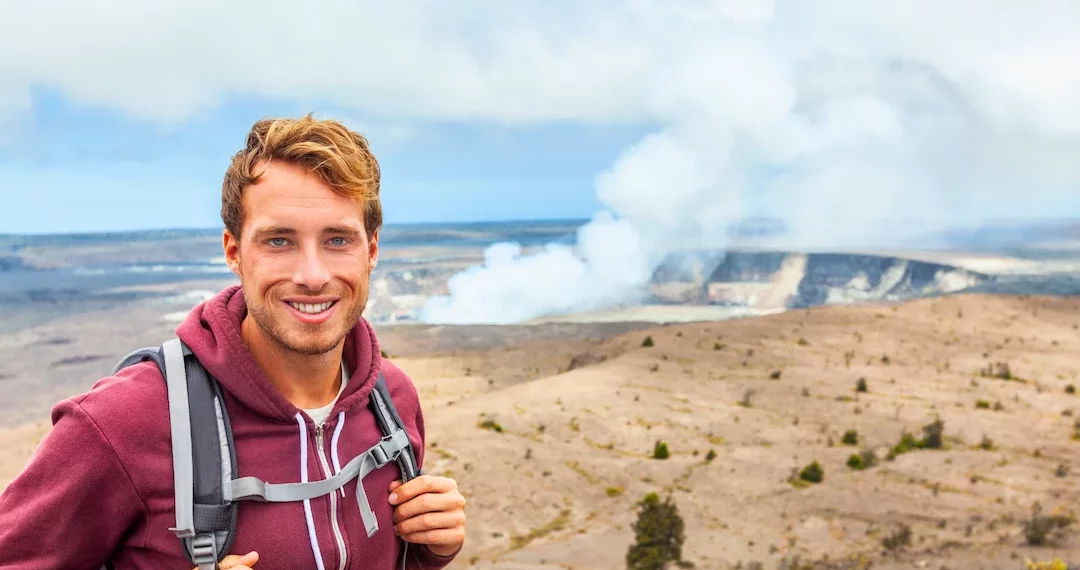The recent increase in seismic activity in the world has led to radical changes in perceptions. The language of travel blogs that documented volcanic activity in Iceland has shifted from issuing warnings to tourists, to calls that promote what has become known as “Volcanic Tourism”.
New News - World
Since the recent volcanic eruption on Iceland’s Reykjanes Peninsula, which turned the sky orange and put civil defense forces on high alert in mid-December, the area has been transformed into a tourist attraction. The event attracted thousands of visitors to watch the lava flow.
According to the Icelandic Meteorological Office, the volcanic eruption apparently occurred about 3 kilometers from the town of Grindavik, a fishing town located on the Reykjanes Peninsula, about 50 kilometers southwest of the capital Reykjavik and not far from Keflavik Airport. The main airport for international flights in Iceland.
Sources reported that a new fissure was spotted a few days ago near Selinjarville, northeast of Grindavik, which led to the start of lava erupting and smoke rising again.
The reason behind the accelerating pace of volcanic activity in Iceland and the emergence of volcanic tourism
Scientists believe that the underground rocky corridor, which is about nine miles long, is responsible for the passage of magma, or volcanic magma, and its arrival to the surface for the first time in 2021 in a massive way after being dormant for more than 6,000 years. This coincided with a rock crack measuring 600 feet long.
This was followed by a number of medium-range eruptions in 2022 and 2023, with scientists photographing intense flames and flowing lava using a drone.
Scientists reported that lava flows during periods of volcanic activity at a rate of between five and 10 cubic meters per second. This is the first eruption of the Geldingadalir Valley Volcano on the Reykjanes Peninsula in nearly 800 years.
Since the increase in volcanic activity in the region in recent months, Iceland has become an attractive destination for visitors in what is known as “volcanic tourism,” and travelers via flights flying over the volcano have been given the opportunity to take pictures and video clips of the erupting nature.
Source: National Geographic



















